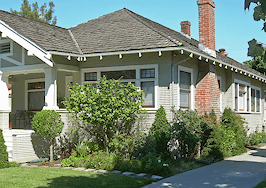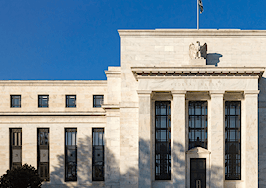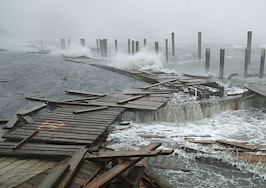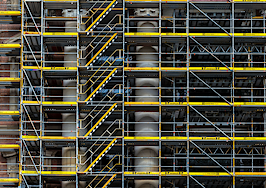Existing-home sales fell 4.9 percent in March to a seasonally adjusted annual rate of 5.21 million, according to the latest data from the National Association of Realtors (NAR). After a small rebound in February, the total is down 5.4 percent year-over-year.
In a small bit of positive news, total housing inventory rose to 1.68 million units, up from 1.63 million existing homes available for sale in February and 1.64 million available a year ago. Meanwhile, the median existing-home price for all types of housing clocked in at $259,400, up 3.8 percent from a year ago. This marks the 85th month that home prices have risen.
According to NAR, such a drop could be expected after the 11.8 percent growth in February.
“It is not surprising to see a retreat after a powerful surge in sales in the prior month,” NAR Chief Economist Lawrence Yun said in a prepared statement. “Still, current sales activity is underperforming in relation to the strength in the jobs markets. The impact of lower mortgage rates has not yet been fully realized.”
Existing-home sales fell across the whole country — 2.9 percent in the Northeast, 7.9 percent in the Midwest, 3.4 percent in the South and 6.0 percent in the West. The average fixed-rate mortgage rate dropped from 4.37 percent in February to 4.27 percent in March.
Both housing starts and existing sales have been falling steadily over the last year. As low inventory and growing home values increased the number of people looking for new homes, some have been putting off the purchase in hopes of seeing better prices in the spring.
However, not all economists agree that prices will, in fact, return to more reasonable levels.
“Spring homebuying in 2019 will continue to see more moderate sales numbers than last year, as prospective home buyers are daunted by low inventory and high prices,” said Trulia Senior Economist Cheryl Young in a prepared statement. “The combination of these factors make for insurmountable affordability issues especially for first-time home buyers. The existing-home sales inventory issue will likely continue to vex buyers this spring as competing forces driven by housing market psychology play out.”








